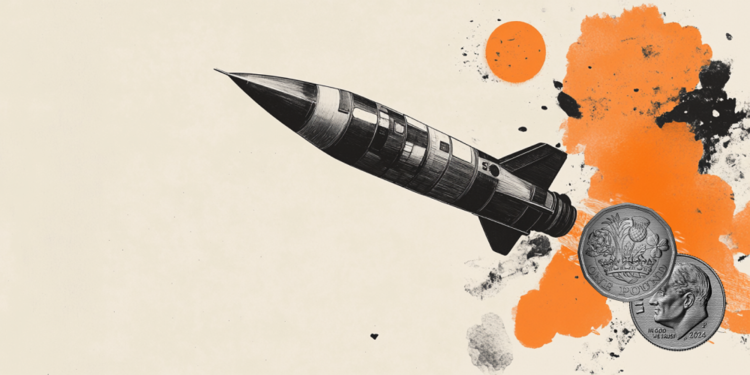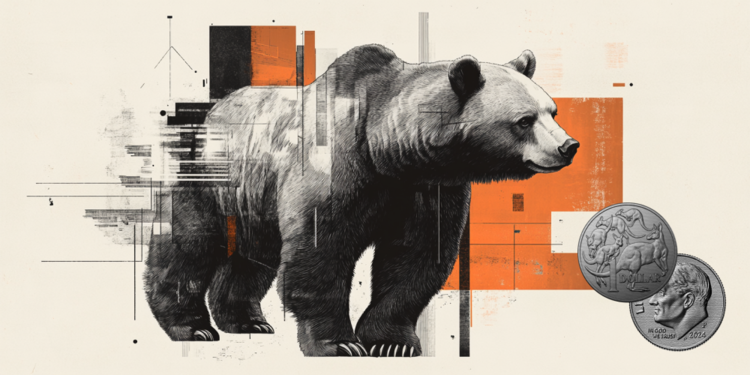The rate of people over 30 years old hit a record in 2021, reaching 56.1% of the 212.7 million Brazilians.
The data are from the Continuous National Household Sample Survey (PNAD Continuous), released this Friday morning (22) by the Brazilian Institute of Geography and Statistics (IBGE).
In 2012, almost half of the population (49.9%) was under 30 years old, a rate that dropped to 43.9% last year, around 92.7 million people.
“It is estimated that, between 2012 and 2021, the population under 30 years of age has presented not only a reduction in its participation in the total population, but also a negative variation in absolute terms, with a fall of 5.4% in the total number of people in this age group”, highlights an excerpt from the IBGE survey.
The survey registered a reduction in the representation of all age groups below 30 years old, in the last ten years.
The IBGE highlighted the drop in the participation of the age group between 10 and 13 years old – from 6.7% to 5.5% between 2012 and 2021 – and also of the group between 14 and 17 years old, which had a decrease from 7.1% to 5.8% in the period.
On the other hand, the population aged 30 and over registered growth in this decade, reaching 119 million Brazilians. The highlight is the share of people aged 60 or over.
In 2021, this group represented about 14.7% of the national population. Ten years ago, it was 11.3%. According to the IBGE, the number of people in this age group grew by 39.8% in the period.
“The analysis of the age structure of the resident population and the percentage participation of each age group by sex, in 2012 and 2021, confirms the widening of the top and the narrowing of the base of this structure, evidencing the population aging trend”, said the IBGE.
Due to aging, the survey also shows novelties in the group that economically depends on a member of the family who works.
Among children and adolescents, the rate dropped from 34.4 per 100 to 29.9 per 100 between 2012 and 2021. Among the elderly, this rate rose from 11.2 per 100 to 14.7 per 100.
Brazilian population grows
According to the IBGE survey, the country’s population increased by 7.6% in the decade, jumping from 197.7 million in 2012 to 212.7 million in 2021.
The biggest increases were registered in the Central-West (13.0%) and North (12.9%), however, the regions still have the smallest participations in the whole (7.8% and 8.7%, respectively).
The Southeast, on the other hand, remains the most populous region, with 42.1%, an increase of 7.3% in the contingent compared to 2012.
The IBGE points out that the estimates do not yet incorporate the impacts of the Covid-19 pandemic, which caused an increase in deaths and a reduction in births. Therefore, the agency counts on the next census, which begins in August, to update the projections.
Self-declared blacks and browns have an increase
The Continuous PNAD also shows that the percentage of people who self-declare as black and brown is growing. Regarding the first group, the index grew from 7.4% to 9.1% in a decade, while the second, from 45.6% to 47%. The participation of those who present themselves to the IBGE as white fell from 46.3% to 43% in the period.
According to the IBGE, the representativeness of the declared white population decreased in all regions. The largest increase in self-declared blacks occurred in the Northeast (2.7 percentage points). While the South saw the highest increase in self-declared browns (3.2 percentage points).
“In absolute terms, it is estimated that, while the resident population in the country grew by 7.6% between 2012 and 2021, in the same period the declared black population grew by 32.4% and the brown population by 10.8%, while that the population that declared itself to be white did not show relevant variation”, says the research.
Source: CNN Brasil







